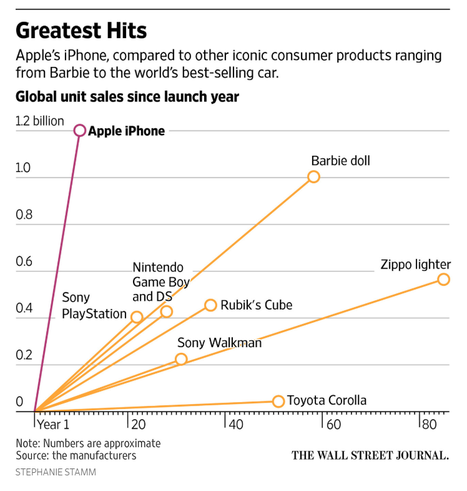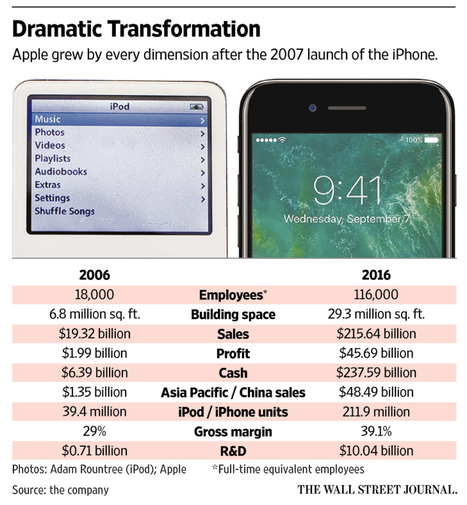(p. C2) A key tenet of modern feminism is that women will have achieved equity only when they fill at least 50% of the positions once filled by men. In some fields, women have already surpassed that target–now comprising, for example, 50.7% of new American medical students, up from just 9% in 1965, and 80% of veterinary students. But the needle has hardly moved in many STEM fields–such as the physical sciences, technology, engineering and math, in which barely 20% of the students are female.
A new study suggests some surprising reasons for this enduring gap. Published last month in the journal Psychological Science, the study looked at nearly a half million adolescents from 67 countries who participated in the Program for International Student Assessment, the world’s largest educational survey. Every three years, PISA gauges the skills of 15-year-olds in science, reading and math reasoning. In each testing year, the survey focuses in depth on one of those categories.
. . .
Some fascinating gender differences surfaced. Girls were at least as strong in science and math as boys in 60% of the PISA countries, and they were capable of college-level STEM studies nearly everywhere the researchers looked. But when they examined individual students’ strengths more closely, they found that the girls, though successful in STEM, had even higher scores in reading. The boys’ strengths were more likely to be in STEM areas. The skills of the boys, in other words, were more lopsided–a finding that confirms several previous studies.
For the full commentary, see:
Susan Pinker. “Why Don’t More Women Choose STEM Careers?” The Wall Street Journal (Saturday, March 3, 2018): C2.
(Note: ellipsis added.)
(Note: the online version of the commentary has the date March 1, 2018, and has the title “Why Aren’t There More Women in Science and Technology?”)
The print version of the Psychological Science article discussed above, is:
Stoet, Gijsbert, and David C. Geary. “The Gender-Equality Paradox in Science, Technology, Engineering, and Mathematics Education.” Psychological Science 29, no. 4 (April 2018): 581-93.


